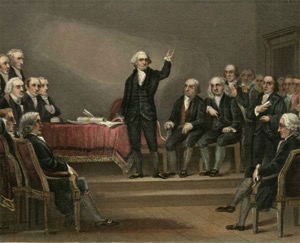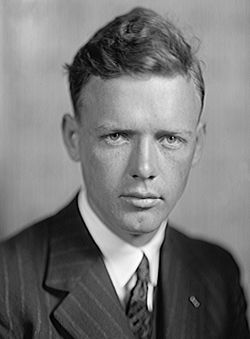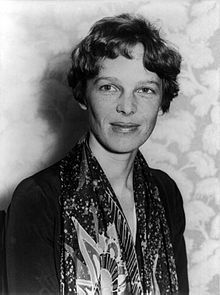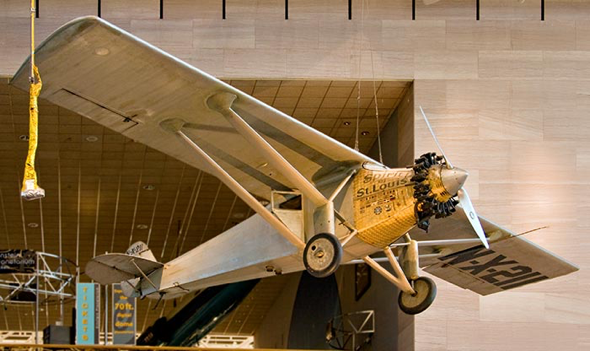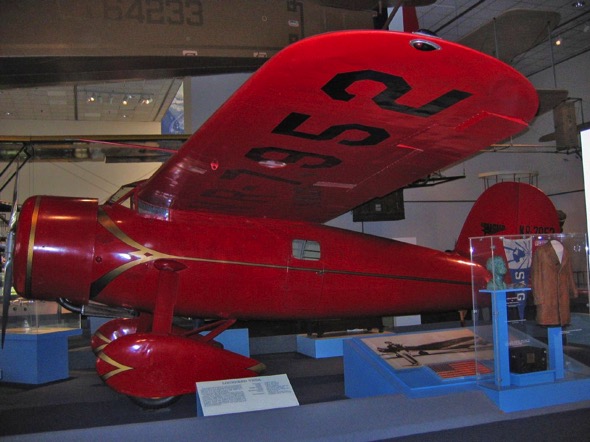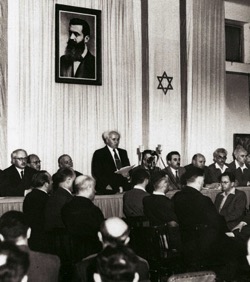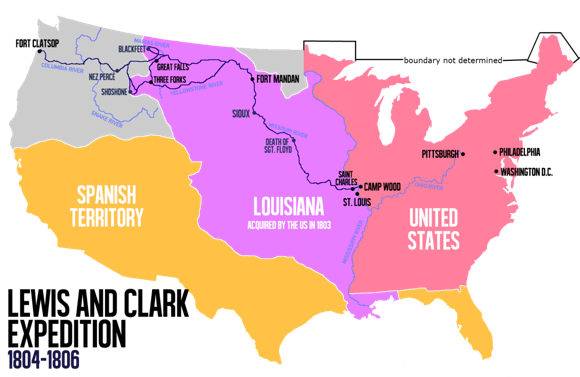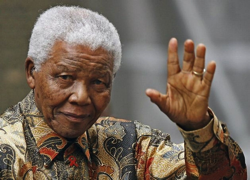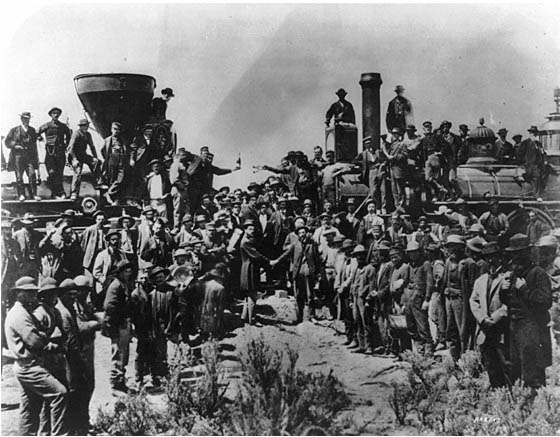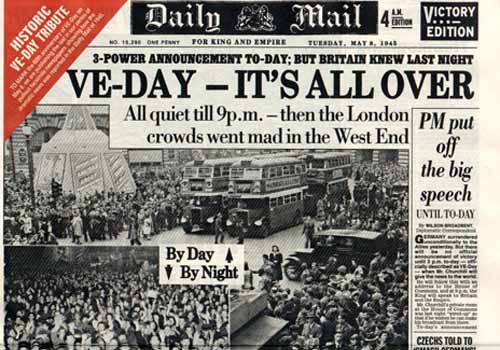On May 25, 1787, the Constitutional Convention was convened. Subsequently, George Washington was unanimously elected its president.
The Digital Encyclopedia of George Washington stated:
The Convention (also known as the Philadelphia Convention, the Federal Convention, or the Grand Convention at Philadelphia) met in Philadelphia, Pennsylvania from May 14 to September 17.
Delegates gathered to correct the various problems that had arisen while the newly-independent nation was operating under the Articles of Confederation following independence from Great Britain. The historic result of the Convention was the crafting of the United States Constitution.
In a day when so many people are ignoring or seeking to subvert the Constitution to meet the wishes of special interest groups or immoral motives, I am grateful to the founding fathers of the United States who courageously led the process of establishing the Constitution of the United States of America.
In a revelation given to the Prophet Joseph Smith in 1833, the Savior stated,
I established the Constitution of this land, by the hands of wise men whom I raised up unto this very purpose, and redeemed the land by the shedding of blood. (Doctrine & Covenants 101:80)
May we be united in our commitment to uphold and abide by the Constitution.

